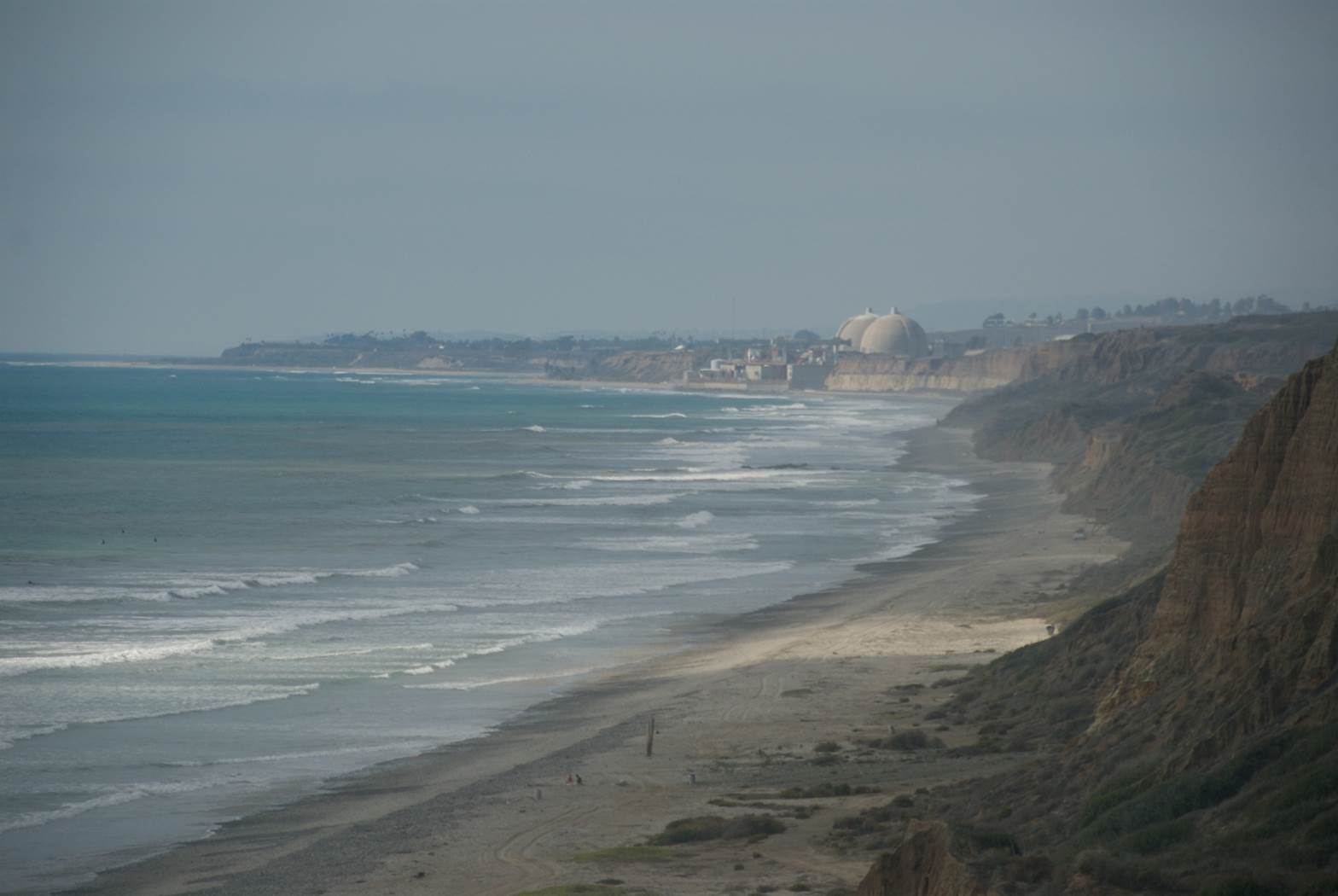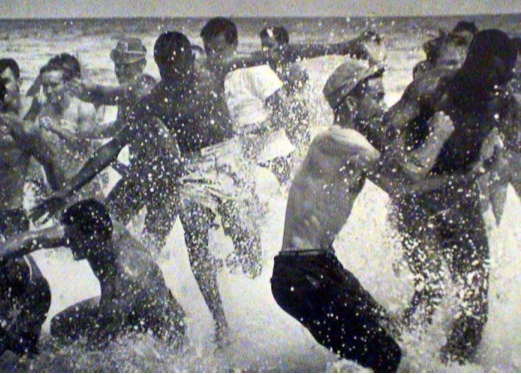 |
Native American, environmental justice and beach advocates saved the sacred site of Panhe and San Onofre State Beach from a toll road. Credit The City Project / Robert Garcia. |
While California has the largest and most diverse system of state parks and cultural sites in the nation, most parks are not where most people are – especially in urban areas like Los Angeles where lower income neighborhoods tend to be “park poor” and there are disparities in access to open space based on race, ethnicity and poverty. The beach helps fill this void – it is where people of all ages, cultures and incomes come together with family, friends and nature. For 40 years, the California Coastal Act has helped ensure beach access is open to all.
California voters created an independent panel to protect the coast and defend public access. The Coastal Commission is charged with the care of 1,100 miles of beaches and bluffs, from Tijuana Slough in San Diego north to Tolowa Dunes near Oregon. With a growing and increasingly diverse state population, some of the highest property values in the nation, intense development pressure, and rising seas due to climate change, the Coastal Commission’s charge isn’t easy.
 |
Civil rights advocates fighting for equal access to the beach in 1964 in St. Augustin, Florida. We’re still fighting 52 years later in California. |
Some Californians take beach access for granted—after all, it was a condition of California joining the Union that beaches remain open for all—but time and time again developers and oceanfront property owners have tried to lock out the public and keep the beach for themselves. We’ve seen this in Malibu, which tried to keep people out through phony “private beach” signs. We’ve seen it in Newport Beach, where a councilman opposed growing grass at the beach because “with grass we usually get Mexicans" who stay all day. Everyone loses when fences, “no trespassing” signs, and over-development come between the people and beaches that are free for all to use. But people of color and low-income communities suffer first and worst.
With such high stakes, the Coastal Commission is often in the crosshairs of big money politics. Twice the Commission has faced high profile efforts to oust executive directors who defended public access. In 1996, a developer-backed effort to fire then executive director Peter Douglas, author of the Coastal Act, was beaten back by people rising up in his support.
A similar effort is now underway to oust Executive Director Charles Lester who has a strong record of promoting public access to the beach, with a public hearing set for February 10. A diverse alliance of over 80 social justice and environmental groups are organizing to support transparency in government, independence for the staff, and equal access for all.
 |
Roosevelt elk at Sinkyone State Park and the Lost Coast Wilderness. Credit The City Project / Robert Garcia |
California’s world famous beaches must remain open to all, not the exclusive province of the rich and famous. A healthy environment is not a luxury. Environmental justice is a civil and human right. Courts from California to Michigan, New Jersey and Connecticut have upheld public access to the beach. NPRA’s three pillars are conservation, health and wellness, and social equity. I encourage the parks community to take action to support Dr. Charles Lester as Executive Director of the Coastal Commission – he shares our values, acts on behalf of all Californians and deserves our support. Please email letters by Feb. 5 to: StatusOfExecutiveDirector@coastal.ca.gov and let your voice be heard!
Robert García is the Founding Director and Counsel of The City Project.

